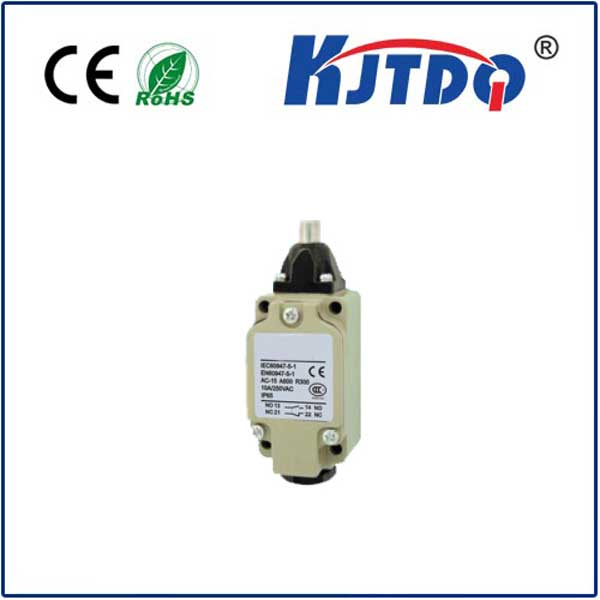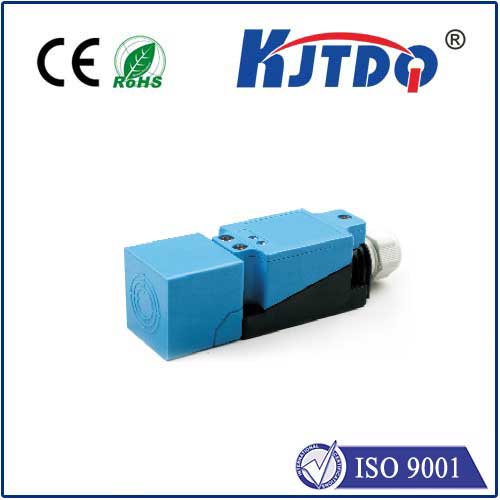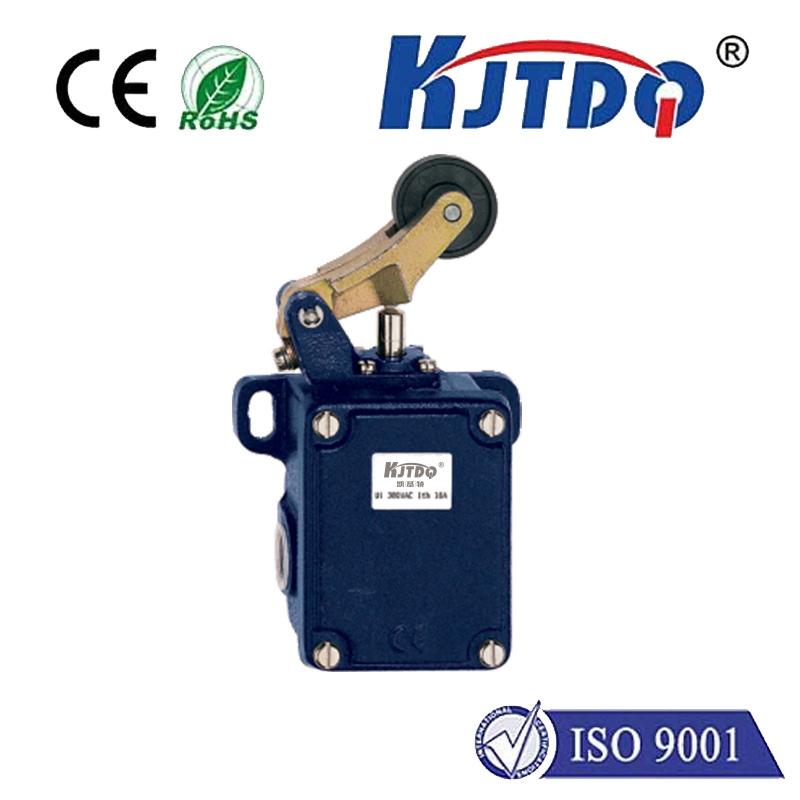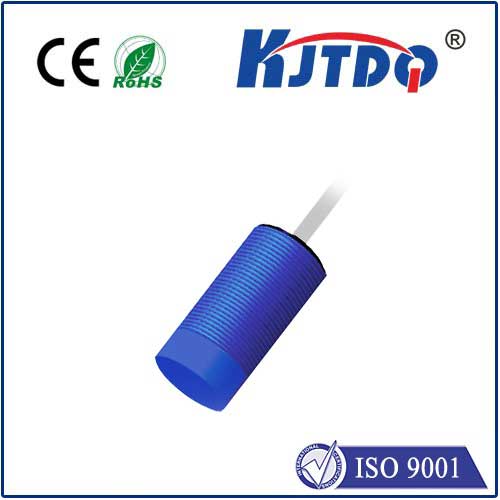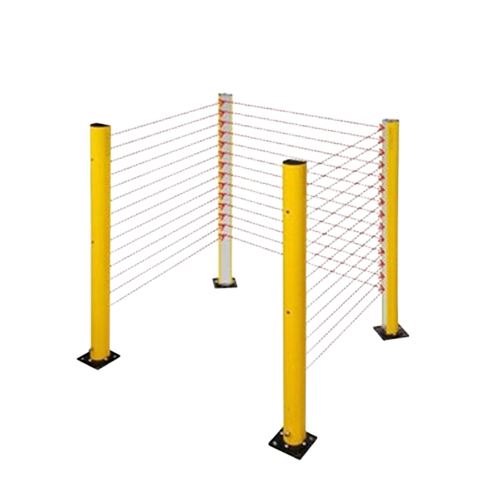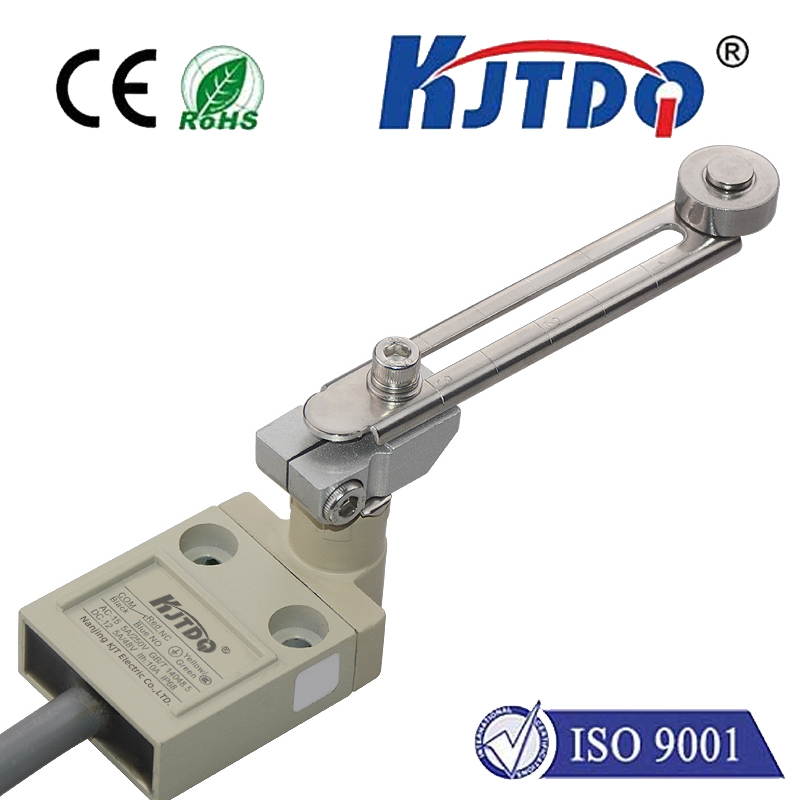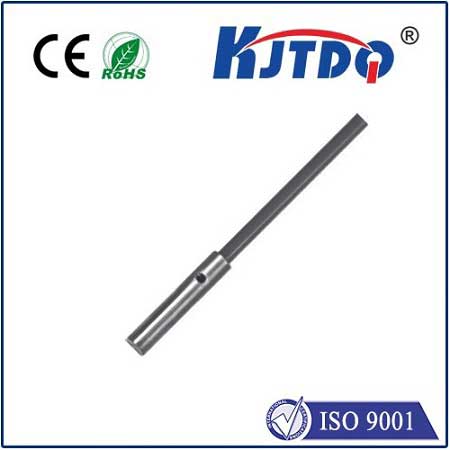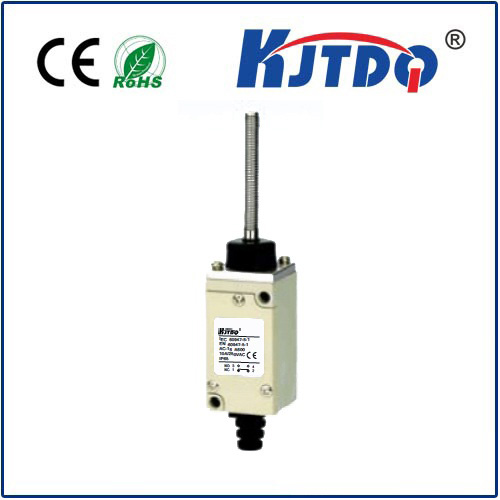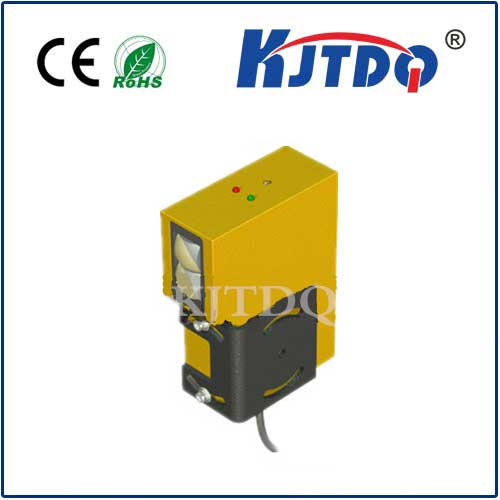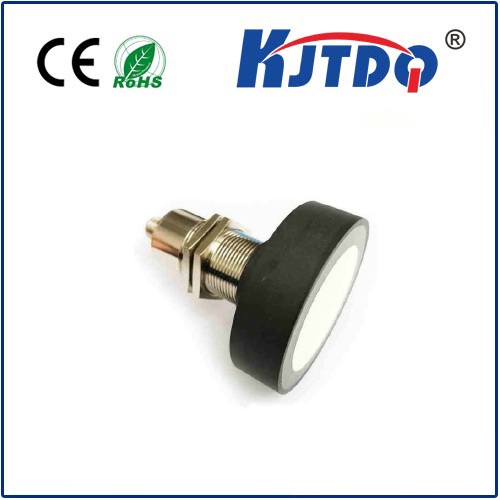датчик приближения
- time:2025-06-24 00:30:42
- Нажмите:0
The Invisible Guardians: What Proximity Sensors Are and Why They Matter
Walk into any modern factory, glance inside your smartphone, or even open your car door. Unseen, a silent sentinel is likely at work: the датчик приближения. But exactly what are these ubiquitous devices? Far more than simple switches, proximity sensors are sophisticated electronic components that detect the presence, absence, or position of nearby objects without any physical contact. They are the fundamental enablers of automation, safety systems, and countless smart interactions we take for granted.
The Core Principle: Contactless Sensing
At their heart, proximity sensors work by emitting a field or signal (electromagnetic, electrostatic, optical, or ultrasonic) and then monitoring changes in that field caused by a target object entering its detection zone. This contactless operation is their defining characteristic. Unlike mechanical limit switches that require physical touch, proximity sensors detect objects through their influence on the emitted energy. This principle leads to several inherent advantages:
- Enhanced Durability: No moving parts to wear out or break from repeated contact.
- High Reliability: Consistent performance unaffected by dust, oil, or grime (depending on type and rating).
- Long Operational Life: Millions of cycles are typical due to non-contact operation.
- Fast Response Times: Detection happens almost instantaneously, enabling high-speed processes.
- Многогранность: Capable of detecting numerous materials – metals, plastics, liquids, even humans.
Diverse Technologies for Diverse Needs

“Proximity sensor” is an umbrella term covering several distinct technologies, each with unique strengths and ideal applications:
- Inductive Proximity Sensors: The workhorses of industrial automation. They generate an oscillating electromagnetic field and detect the eddy currents induced in ferrous and non-ferrous metals entering the field. Key features include robust construction for harsh environments, insensitivity to non-metallic contaminants, and reliable detection of metallic targets. Perfect for counting metal parts, detecting piston position, or end-of-travel sensing on machinery.
- Capacitive Proximity Sensors: These sensors detect changes in capacitance – the ability to store an electrical charge. They generate an electrostatic field and detect when a target object (metal, plastic, wood, ceramic, liquids, or even granular materials) enters this field and alters its capacitance. Their ability to detect non-metallic objects and see through certain non-conductive materials makes them invaluable for level detection (liquids, powders), material handling, and presence detection of pallets or plastic bottles.
- Photoelectric Sensors (Optical Proximity): Using light beams (visible, infrared, or laser), these sensors detect objects by either the interruption of the beam (through-beam), reflection off the target (retro-reflective), or reflection directly back to the sensor (diffuse reflective). They offer longer sensing ranges than inductive or capacitive sensors and excel at detecting small objects or different colors. Found in packaging lines, object counting, security systems, and automatic doors.
- Ultrasonic Proximity Sensors: These emit high-frequency sound waves and measure the time-of-flight for the echo to return after bouncing off a target. They detect solid objects and liquids regardless of color, transparency, or material (though surface texture and angle influence performance). Ideal for level measurement in tanks, distance sensing, object detection in challenging environments (fog, dust), and parking assist systems.
- Magnetic Proximity Sensors (Reed Switches / Hall Effect): Detect the presence of a magnetic field. Reed switches use magnetically operated contacts, while Hall Effect sensors generate a voltage proportional to the magnetic field strength. Primarily used to detect the position of permanent magnets, often embedded in cylinders or moving parts. Key applications include door/window position sensing and cylinder position feedback.
Where the Magic Happens: Pervasive Applications
Understanding what proximity sensors are reveals why they are so indispensable. Their applications are vast and critical across industries:
- Manufacturing & Automation: Object detection on conveyors (counting, sorting), position sensing for robots and CNC machines, jam detection, end-of-travel limits, spindle orientation, tool changer position. Inductive sensors dominate metal-rich environments, while capacitive and photoelectric handle diverse materials.
- Automotive: Anti-lock Braking Systems (ABS) wheel speed sensing (inductive), parking assist (ultrasonic), gear position detection, clutch/brake pedal position, seat occupancy detection (capacitive), keyless entry systems. Safety and comfort features heavily rely on them.
- Consumer Electronics: Automatic screen dimming/turning off when holding a phone to your ear (infrared/photoelectric), touchless gesture control, lid-closure detection on laptops, docking station detection. Enabling intuitive and power-saving interactions.
- Security Systems: Intrusion detection (door/window sensors - magnetic), motion detection within confined spaces, access control systems. Providing the first line of defense.
- Воздушно - космические и Оборона: Landing gear position, bay door status, proximity detection in hazardous environments where reliability is paramount.
- Building Automation: Occupancy sensing for lighting/HVAC control (PIR, capacitive, ultrasonic), automatic faucets and flush valves (infrared), elevator door safety.
- Material Handling & Packaging: Level detection in silos/tanks (ultrasonic, capacitive), detecting filled/empty containers, presence verification on conveyors.
Choosing the Right Sentinel: Key Considerations
Selecting the optimal датчик приближения hinges on several factors beyond just what you need to detect:
- Target Material: Metal? (Inductive). Non-metal, liquid, powder? (Capacitive, Ultrasonic). Requires a magnet? (Magnetic).
- Sensing Range: How far away is the object? Photoelectric and ultrasonic offer longer ranges.
- Environmental Conditions: Exposure to dust, moisture, chemicals, temperature extremes, or vibration? Requires appropriate IP rating (Ingress Protection) and construction material.
- Output Type: Digital (NPN/PNP transistor switching) or Analog (continuous signal proportional to distance)? Needed for simple presence/absence or precise distance measurement?
- Size and Mounting Constraints: Physical space limitations in the application.
- Response Time and Switching Frequency: How quickly and how often does detection need to occur?
The Unseen Engine of Modernization
Proximity sensors are, fundamentally, the essential bridge between the physical world and automated control systems. Their ability to provide reliable, contactless feedback on the presence and position of objects is foundational to efficiency, safety, and intelligence in machines and systems. From the massive assembly lines building our cars to the smartphones in our pockets, these invisible guardians tirelessly monitor and enable countless processes. Understanding their principles, types, and diverse applications is key to appreciating the hidden infrastructure that makes our increasingly automated world function seamlessly. Their silent vigilance ensures processes run safely, products are manufactured reliably, and interactions with technology are intuitive and responsive.

